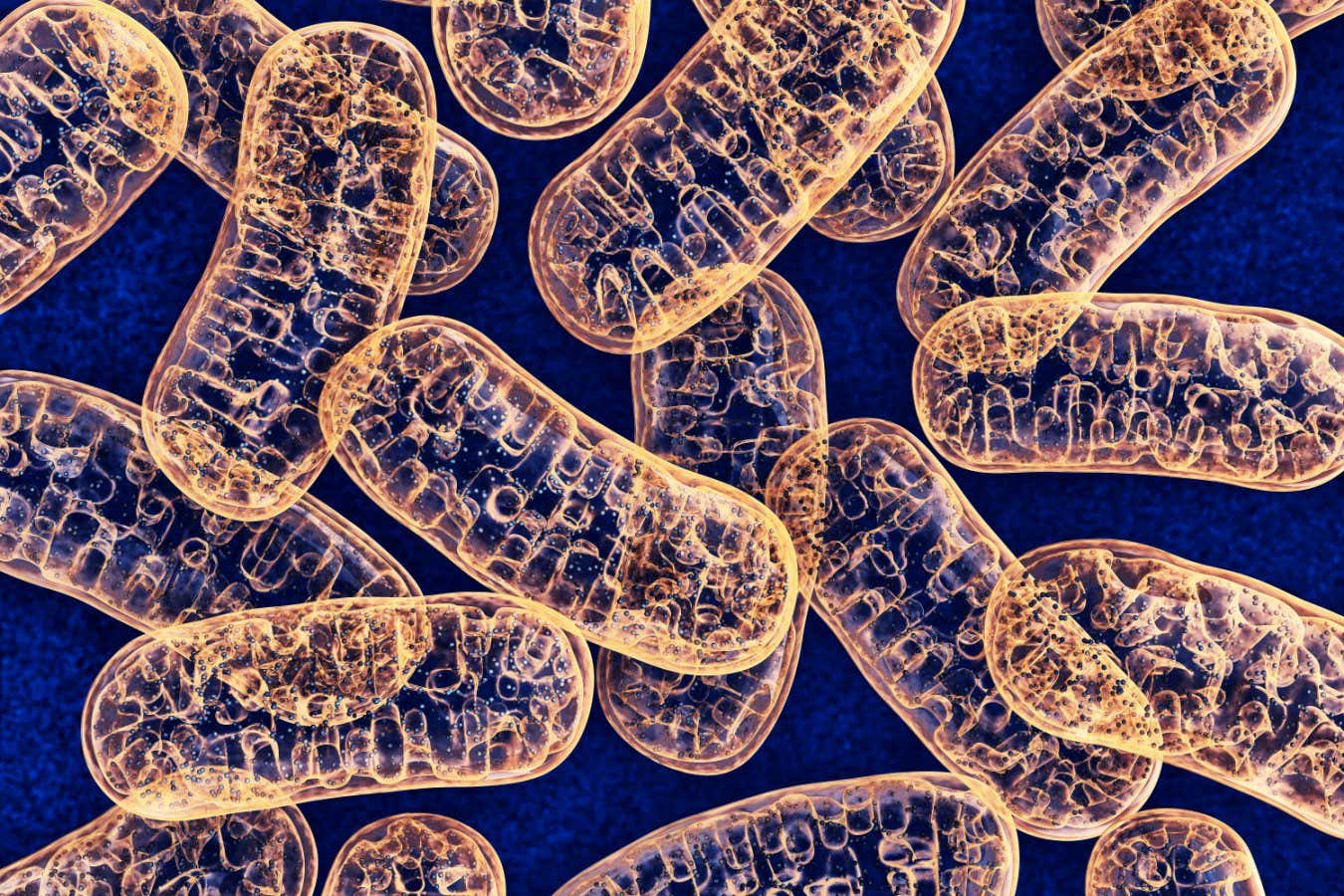DNA from mitochondria, the energy powerhouses inside cells, sometimes gets added to our genome – and the number of these mutations in the brain could be linked to ageing
By Michael Le Page
22 August 2024
Pieces of mitochondrial DNA can get added to the main genome of cells
wir0man/Getty Images
Mutations that involve DNA from energy-producing mitochondria being mistakenly added to the main genome of cells were thought to be exceedingly rare. Now, a study of brain tissue shows these mutations are happening inside all of us, and the number of them could be a factor in ageing.
“Not only are they present, but they’re present a lot more in the dorsal lateral prefrontal cortex, which is a region of the brain associated with cognitive ability,” says Ryan Mills at the University of Michigan.
In every human cell, almost all the DNA – around 6 billion letters of it – is found within the nucleus. But the energy-generating organelles called mitochondria have their own tiny genome, at around 16,600 letters long.
Advertisement
Read more
Restoring the brain’s mitochondria could slow ageing and end dementia
That is because mitochondria were once free-living bacteria with a larger genome of their own. Over the 2 billion or so years since those bacteria formed a symbiotic relationship with our distant ancestor, most of the original bacterial genome has either been lost or transferred to the main genome in the nucleus.
Because of the evidence for this transfer, biologists have long known it must be possible for pieces of mitochondrial DNA to somehow get into the nucleus and then get added to the main genome. Yet it was assumed this kind of mutation was very rare, says Mills. In the past few years, studies by his team and others have shown that it is much less unusual than we thought, at least in cancerous cells.
